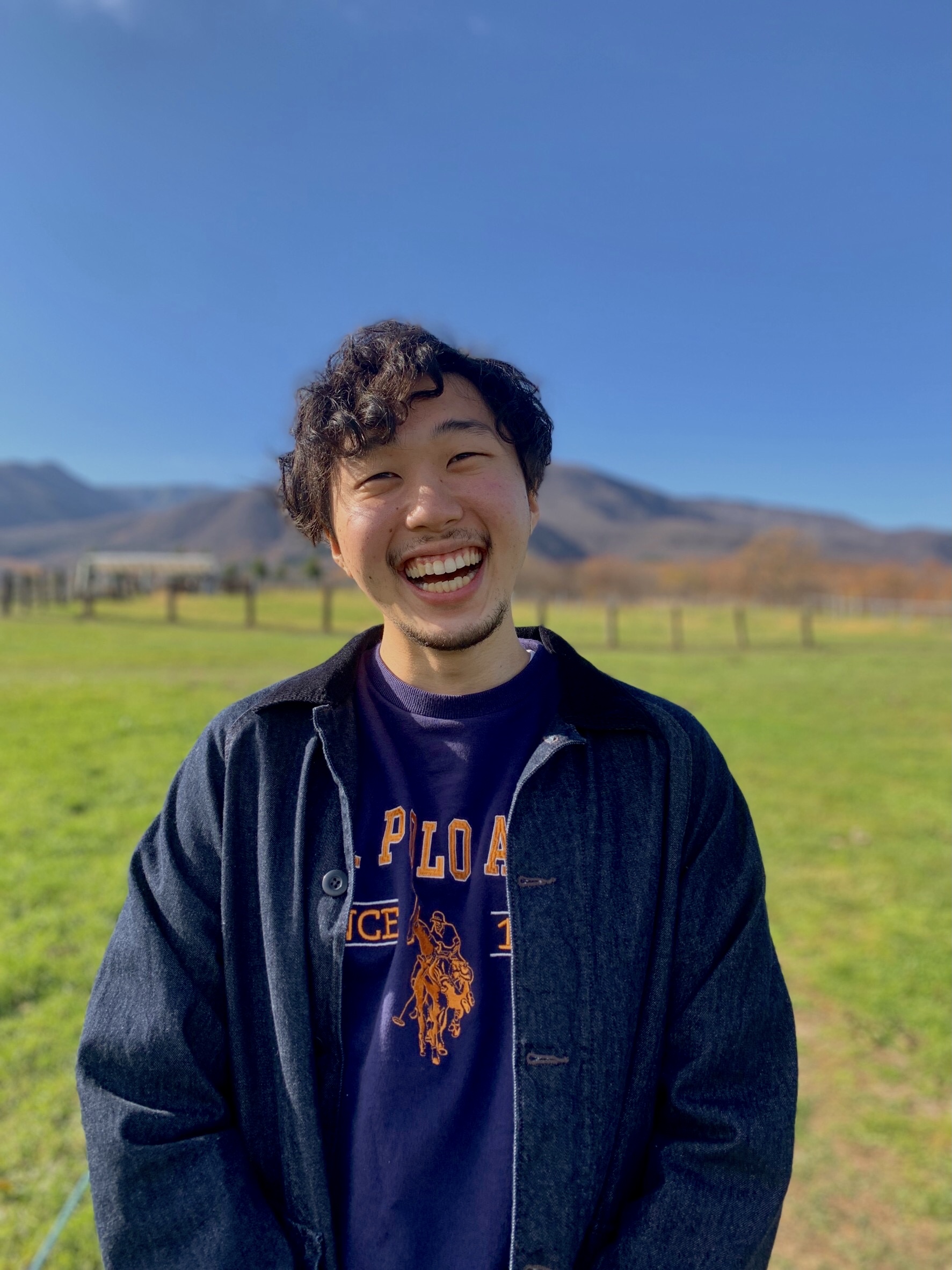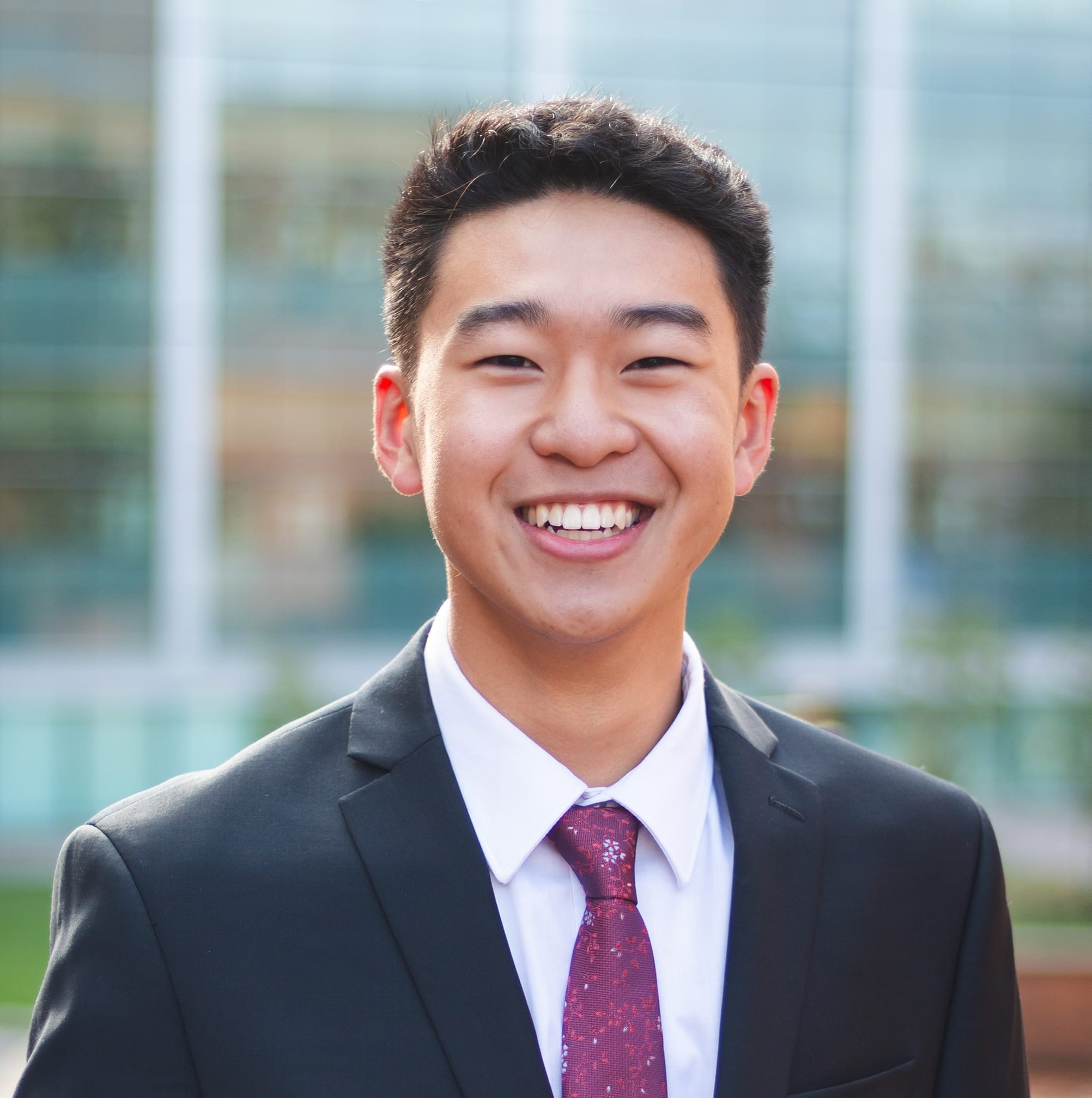
NeurotechJP has showcased five exciting startups in each subfield of neurotech, where each company is developing products that build upon years of research in neurotech. In the BCI Award 2021, many of the nominees were research labs developing BCIs (Brain Computer Interfaces). Shows how incredibly important the work that researchers do in the advancement of neurotech and BCIs.
In this article, we have chosen five established university labs that are working at the frontier of BCI research.
1. Chang Lab at UCSF
Chang Lab, led by Edward Chang at the University of California San Francisco (UCSF), is dedicated to unraveling the basic mechanisms that underlie our ability to perceive and produce speech. Edward Chang, a director of the lab, holds degrees in neurosurgery and cognitive neuroscience from UCSF and UC Berkeley, and is currently a Professor of Neurosurgery and Chairman of the Department of Neurosurgery at UCSF.
Much of the research conducted in the lab involves capturing and decoding the movement of neurons during speech behavior. For example, a study that found a relationship between neural activity in the speech motor cortex and joint movements of the tongue and lips during the human speech, and a study that found that the superior temporal gyrus predicts and compensates for noisy words when the subject hears them and a model that can predict words from the superior temporal gyrus before the subject recognizes them.
Within the Chang Lab's great research projects, one particularly noteworthy project is a study that was able to decode the attempted thoughts of people with severe paralysis (Anarthria) in real-time.
Electrodes were implanted in the area of the brain that controls the vocal tract, and subjects (with paralysis) were asked to attempt to speak their answers to questions shown on a monitor. The brain activity was simultaneously acquired and combining multiple algorithms such as speech detection, word classification, and language modeling, in addition to signal processing algorithms, the researchers were able to train an algorithm capable of directly translating brain activity into words and sentences in real-time.
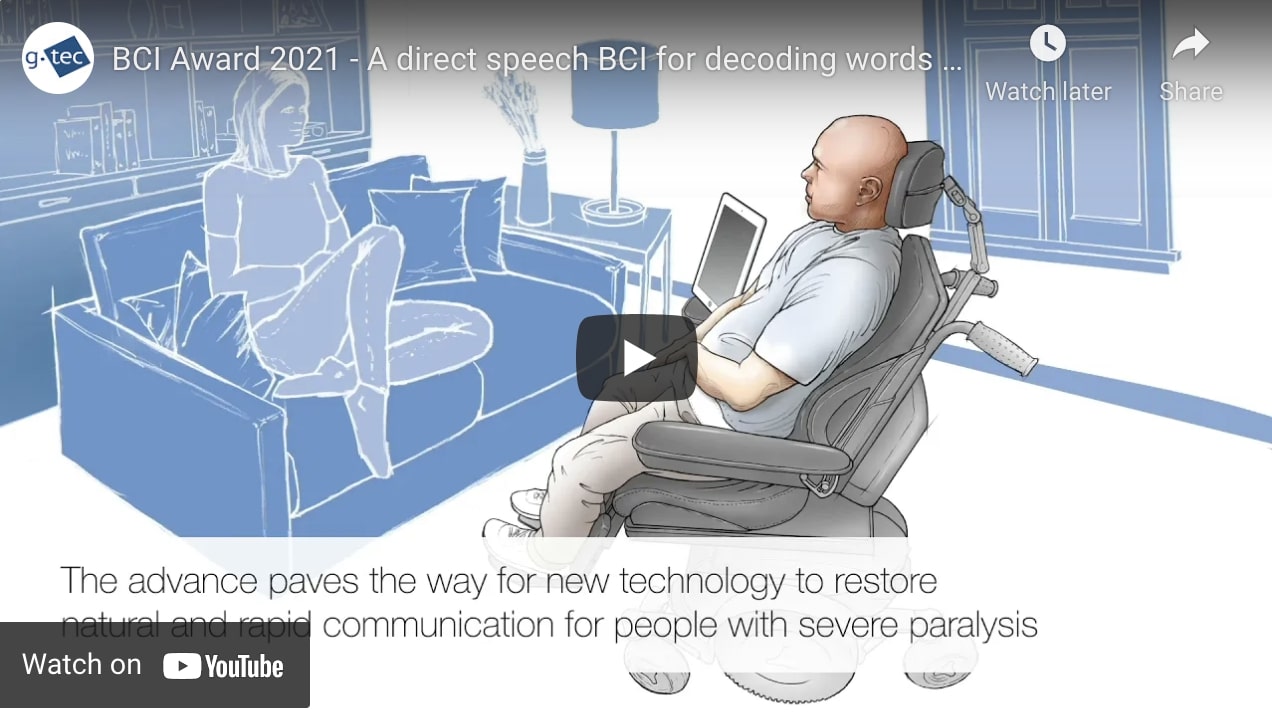 Video: a study that was able to decode the attempted thoughts of people with severe paralysis Anarthria in real-time
Video: a study that was able to decode the attempted thoughts of people with severe paralysis Anarthria in real-time
The algorithm was able to distinguish 50 words, produce over 1000 sentences, and decode 15 words per minute with a median of 74% accuracy.
This research was awarded second place in the BCI Award 2021, and NeurotechJP has also featured it in the "The world's top-level ceremony 'BCI Award 2021': Explanation of the Top2 research".
The lab is also collaborating with Facebook (now Meta)) for its future potential as an invasive BCI.
There are many other laboratories at UCSF involved in BCI and neuroscience research. In U.S. News & World Report's Best Global Universities 2022 rankings, UCSF is ranked the second-best university in the world in the field of neuroscience, and the 11th best university overall.
2. Neural Systems Lab at University of Washington
The Neural Systems Lab is led by Rajesh P.N. Rao at the University of Washington. The lab uses computational models and simulations to understand the brain and to apply that knowledge to BCI and AI. The director, Rajesh P. N. Rao received Computer Science (CS) and other degrees from the University of Rochester and other institutions. He has been a CS professor at the University of Washington since 2000 and is currently a member of the Center for Neurotechnology (CNT).
He is also the author of the book "Brain-Computer Interfacing, which has built its reputation as the best book for beginners in BCI with its broad coverage of neuroscience, software, and hardware technologies, as well as business applications.

Book: Brain-Computer Interfacing
The research conducted by the lab is divided into three sectors: computational neuroscience, which uses mathematical methods to create models and improve our understanding of the brain; AI modeling, which uses mechanisms similar to those of neurons; and BCI, which is the subject of this article.
BCI research can be divided into four projects:
- Brain co-processors: This project utilizes artificial intelligence to adaptively deliver stimulation and compute control signals as a function of the brain's ongoing neural activity and external sensory signals.
- Naturalistic BCIs: This project uses deep learning methods to improve the decoding of brain signals in naturalistic settings.
- Decoding pain and mood: This project seeks to identify neural biomarkers for pain and mood.
- Modeling electrical stimulation: This project models the effects of therapeutic electrical stimulation.
The lab's latest research includes a study that proposes a new method of transfer learning that applies a learned model to any patient, and a study of an AI model that simultaneously decodes and encodes neural activity in multiple channels to achieve the intended behavior.
The Center for Neurotechnology, a facility at the University of Washington mentioned above, has made many noteworthy achievements. In the news from October of this year, Azadeh Yazdan, a member of the facility, obtained a $3.2 million grant for a treatment for stroke.
3. Neural Prosthetics Systems Lab at Stanford
The Neural Prosthetics Systems Lab (NPSL) is a lab led by Krishna Shenoy at Stanford University. The lab conducts research in neuroscience and neuroengineering to understand how the brain controls movement and to design medical systems to help people with paralysis. Director Krishna Shenoy received degrees in electrical engineering, computer science from MIT and was a postdoctoral fellow in Neurobiology at Caltech. He moved to Stanford University in 2001, where he is currently a Professor of Electrical Engineering and of Bioengineering and Neurobiology. Additionally, he advises Neuralink and CTRL-Labs(acquired by Facebook in 2019), both prominent companies in neurotech.
The laboratory's research is divided into three divisions: the neuroscience division, which combines electrophysiology, optophysiological, behavioral, computational, and theoretical methods to study the neural basis of movement preparation and generation; the neuroengineering division, which designs high-performance BCIs; and the translational research division, which aims to deliver practical applications of their research.
The Translational Research Division is a member of BrainGate, an organization that aims to develop neural interfaces for tetraplegic patients.
While the latest research on BCI includes a study to develop an optical BCI that uses calcium imaging methods to read signals in the motor cortex, a particularly interesting project is a study that invasively decodes imagined handwriting, which was conducted last year. In this study, subjects were asked to imagine handwriting letters, and neural activity was read from a device attached to the motor cortex, which successfully decoded the letters.
 Image: A study to invasively decode imagined handwriting
Image: A study to invasively decode imagined handwriting
In an experiment with a paralyzed subject, they succeeded in inputting 90 characters per minute with 94.1% accuracy. This is comparable to the typical smartphone input speed of 115 characters per minute by a healthy person.
Stanford University is famous not only for its research labs but also for its university institutions such as the Wu Tsai Neurosciences Institute.
In U.S. News & World Report's Best Global Universities 2022 rankings, Stanford University is ranked 4th in the field of neuroscience.
4. Carmena Lab at UC Berkeley
Carmera Lab is a laboratory at the University of California Berkeley led by Jose Carmena. The lab combines neuroplasticity, machine learning, and neurotechnology to understand how the brain learns and controls movement, leading to smart prosthetics, neurotherapy, and more. He received his engineering degree from the University of Valencia, Spain, and his Ph.D. from the University of Edinburgh, UK, where he studied artificial intelligence and robotics. He also did post-doctoral research in neurobiology at Duke University in the U.S.. He became involved with UC Berkeley as an assistant professor in 2005, and became a professor in 2015.
The laboratory consists of three areas: neuroscience, neurotechnology, and neuroprosthetics.
Particularly in the area of neurotechnology, the laboratory has collaborated with Michel Maharbiz in the past to develop neural dust, a wireless and battery-free neural sensor about one millimeter in size that uses ultrasound. Due to its small size, this device can be implanted in the body with minimal invasiveness. In 2017, Michel Maharbiz and Jose Carmena co-founded a startup for the commercialization of neural dust called iota Biosciences (news).
The company is also discussed in the article "5 featured invasive BCI startups".
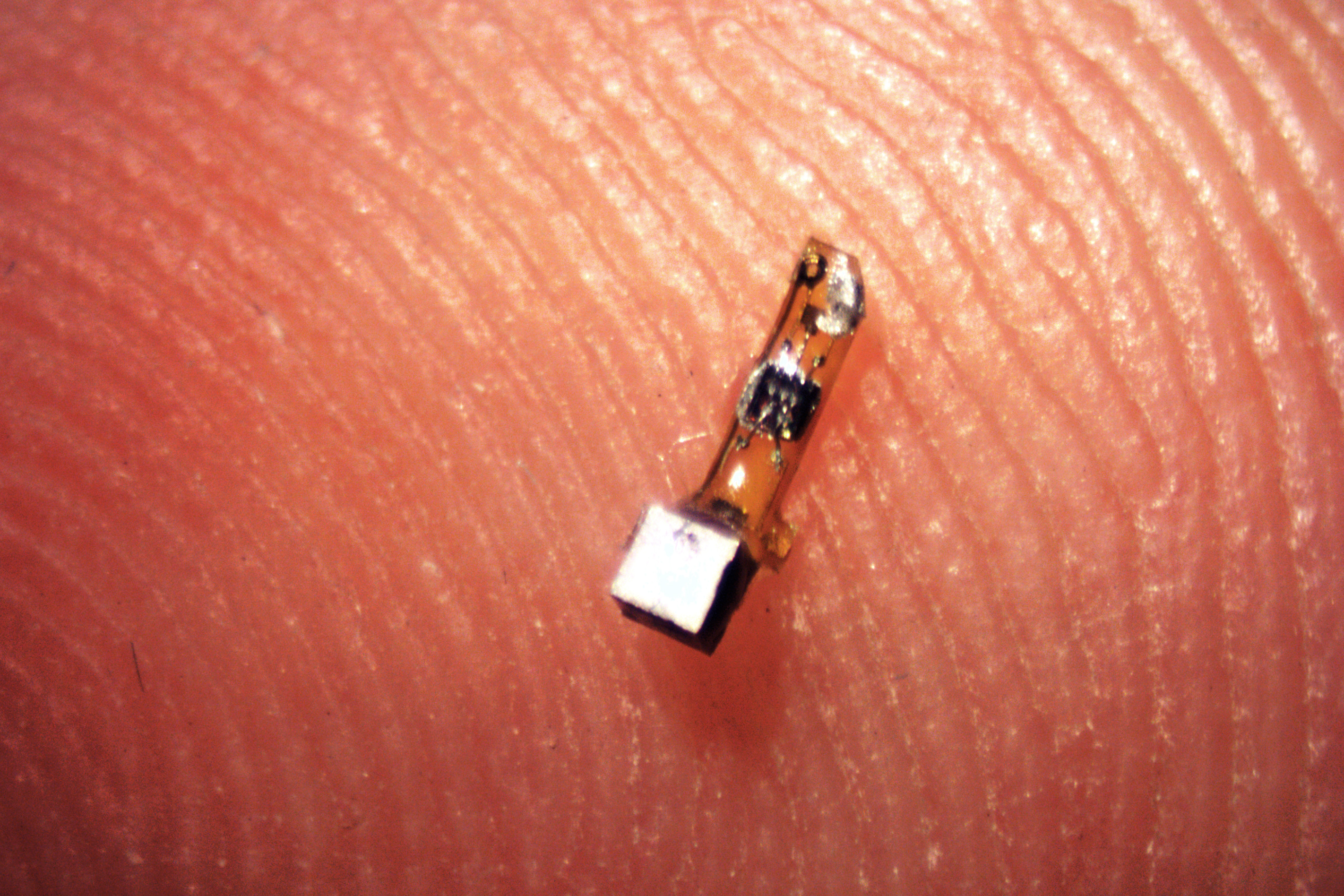 Image: Neural dust
Image: Neural dust
The lab has also conducted other research such as experiments to investigate how subjects respond to BMI (Brain Machine Interface) and learn how to move BMI and research on neuroprosthetics to induce neuroplasticity.
UC Berkeley is one of the California State Universities, like UCLA, which is famous as the birthplace of the term BCI (Brain-Computer Interface), and UCSF, which was mentioned above.
In U.S. News & World Report's Best Global Universities 2022 rankings, UC Berkeley is ranked 4th overall.
5. CNTR at Harvard
CNTR(Center for Neurotechnology and Neurorecovery) is a research facility that develops, tests and deploys new neurotechnologies to improve the care of people suffering from diseases and injuries of the nervous system.
Harvard Medical School (HMS)and Massachusetts General Hospital (MGH) are the parent institutions. The facility is composed of researchers and professionals such as neuroengineers, neurologists, neuroscientists, occupational therapists, physical therapists, and speech therapists.
Director Leigh Hochberg's research focuses on developing and testing new neural technologies to help people with neurological disorders such as paralysis, and understanding the ensemble activity of cortical neurons. Hochberg's research has been published in prestigious journals such as Nature and the Journal of Neuroscience. He received his Sc.B. in Neuroscience from Brown University in 1990 and her M.D. and Ph.D. and M.D. degrees from Emory University in 1999, where he continued his internship in internal medicine. He then completed his residency and chief residency in neurology at MGH/HMS, as well as a fellowship in stroke/neurocritical care in 2004. In addition to CNTR, he is currently a Professor of Engineering at Brown University and a senior lecturer at HMS.
CNTR has three core research areas: CashLab(Cortical Physiology Labolatory), NICC, and BrainGate.
CashLab is a research group that uses advanced signal processing and machine learning techniques to understand brain function and develop new ways to measure and modulate complex neural signals.
The team at NICC (Laboratory for NeuroImaging of Coma and Consciousness) at Massachusetts General Hospital is studying how patients with severe traumatic brain injury regain consciousness and how to facilitate the recovery process.
BrainGate is a research group that develops a new communication device using BCI for patients with paralysis such as spinal cord injury, brainstem stroke and ALS patients. The group is based on the technology of Cyberkinetics, which developed the world's first BCI. In 2004, Cyberkinetics received FDA approval for the clinical use of a brain implant device and later developed a device called BrainGate™. University research facilities that participated in the development of the device include Brown University and the University of Utah, and BrainGate is a group of experts from these universities. Currently, BrainGate is led by Hochberg, who is also the director of CNTR, and other researchers. BrainGate is also developing a new generation of wireless medical technology that can record and monitor neural activity to aid in the diagnosis and management of neurological diseases.
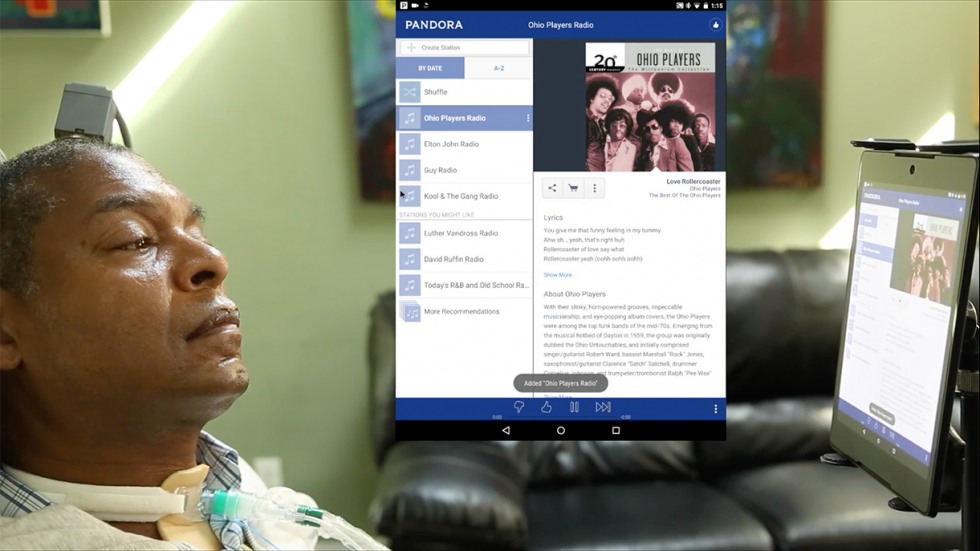 Image: BrainGate | Control a tablet with his thoughts
Image: BrainGate | Control a tablet with his thoughts
Conclusion
In this article, we introduced five university labs and research facilities that study BCI. While the laboratories discussed in this article mainly use invasive methods to study BCIs, there are many laboratories that use non-invasive approaches to study BCI. It is also common for researchers to develop spin-offs from research to startups, like Carmena Lab.
